But even if you're hitting your five-a-day, steering clear of the junk food aisle, and are at a healthy weight, there's still a chance you're making mistakes with your food choices without even realizing it. Not all foods are created equal—even the healthy ones—and you might not be getting as many vitamins and nutrients as you believe. In fact, you may inadvertently be loading your body with excess sugar and sodium. We asked top nutrition experts to identify the best and worst foods in every category—veggies, fruits, legumes, grains, proteins, dairy, and fats—so you can close the gaps on your nutritional needs.
Best veggie: Dark, leafy greens
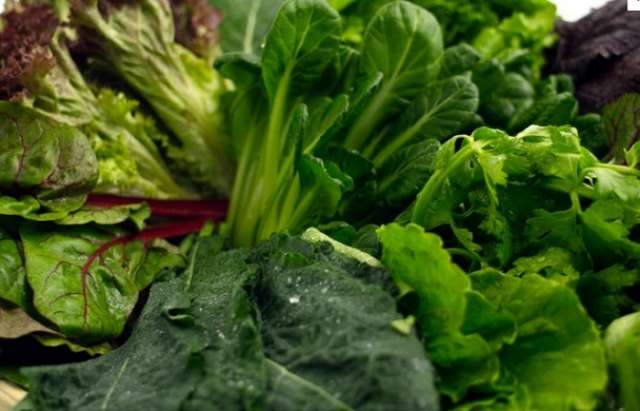
The best greens are the darkest and richest in color, including spinach, kale, romaine, collards, turnip and mustard greens, and broccolini. "They’re some of the most nutrient-dense foods on the planet—packed with vitamins, minerals, and phytochemicals that help protect the cells and build the immune system, all for a skinny little calorie level,” says Sharon Palmer, RD, a southern California-based registered dietitian. Aim to get between 1½ to 2 cups of these leafy veggies each week. (One way to do it is with the spinach and sweet potato quesadilla recipe in the video above.) Eat them in salads, wraps, or sandwiches, or serve them as a side dish with some lemon and garlic. If you’re not a fan of the bitter taste that comes along with many greens, try infusing them into your smoothies. This masks the flavor while still offering up their nutritional benefits. Or, turn them into chips by mixing in some olive oil and sea salt and heating them in the oven until they’re nice and crispy.
Worst veggie: Anything in a can
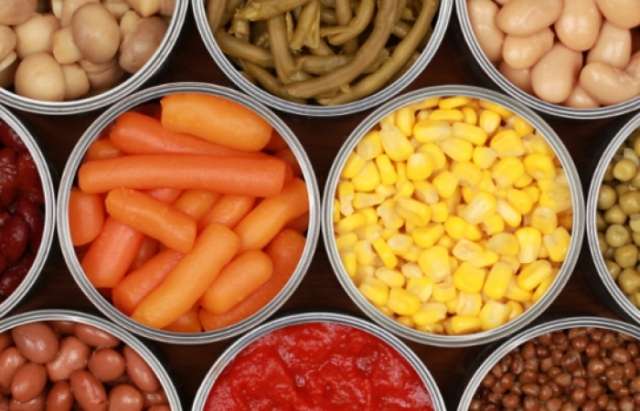
Canned veggies are often stripped of fiber and other nutrients, and are often loaded with sodium. If canned veggies are your go-to, you’ll experience decreased nutritional quality or, worse, unknowingly consume them with sugar, additives, sodium, or flavorings that detract from good nutrition and make it harmful.
If you need the convenience of canned vegetables, opt for frozen instead. They're just as healthy as fresh because they’re flash-frozen at the site of harvest. “They have no added sodium and are less wasteful, since you can cook only what you need and keep the rest in the freezer,” explains Rachel Brandeis, RDN. Plus, now frozen vegetables come in microwavable bags, which makes them very convenient for busy families trying to get veggies on the dinner table. (Just be sure you're buying plain vegetables, and not ones coated in any type of sauce.)
Best veggie: Kale, cauliflower, Brussels sprouts, and other cruciferous vegetables
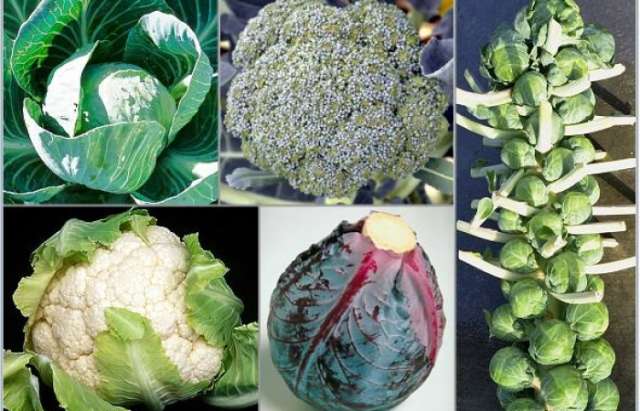
Kale isn't the only nutritional superstar in the cruciferous vegetable category. Don't forget to also include cabbage, broccoli, Brussels sprouts, cauliflower and other cruciferous vegetables in your diet, as well. “Besides adding flavor to your meal, these veggies are packed with antioxidants and have been shown in multiple studies to help reduce cancer risk thanks to the phytochemical sulforaphane,” says Erin Palinski-Wade, RD, author of Belly Fat for Dummies. A study published in Clinics in Dermatology found that the carotenoids zeaxanthin and lutein, both found in cruciferous vegetables, may help protect the eyes against harmful UV rays from the sun and free radicals in the environment. “Aim to consume a minimum of 1 cup per day,” suggests Palinski-Wade. “If you’re not a fan of their texture, try pureeing cauliflower into a rice, which you can also make into a pizza crust!” (Here's a cauliflower rice recipe, as well as a recipe for cauliflower pizza crust.)
Worst veggie: Starchy vegetables

Corn, peas, potatoes, pumpkin, squash, and yams tend to contain fewer vitamins and minerals and less fiber than other types of vegetables. Plus, they often contain two to three times as many calories per serving as their non-starchy vegetable counterparts. One recent study from Harvard University found that eating leafy greens and cruciferous veggies resulted in significantly more weight loss than potatoes, peas, and corn. “These types of vegetables are best eaten earlier in the day as they’re higher in carbohydrates,” says Roger Adams, PhD, a Houston-based nutritionist.
Best legume: Simply cooked beans

Chickpeas, black beans, and pinto beans provide an excellent meatless backbone for a healthful meal when combined with whole grains and vegetables. “These are especially good because they are whole-plant foods and are very rich in fiber and plant protein,” says Palmer. “Plus, consuming cooked beans has been linked with reducing your risk of chronic diseases and obesity.” You can cook them yourself or drain and rinse them from a can and add them to salads, soups, casseroles, or curry dishes such as Indian dal. Unlike canned vegetables, canned beans can be a healthy addition to your pantry—they're nutritionally equal, and as long as you rinse them before eating, you won't take in any extra sodium.
Worst legume: Canned baked beans
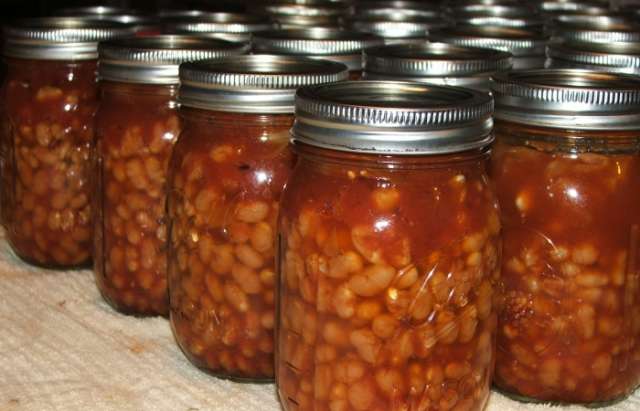
Unlike regular canned kidney or navy (white) beans, the leading brand of baked beans contains 3 teaspoons of sugar per serving, and 50% more sodium, says Nicole Rodriguez, RDN, registered dietitian nutritionist. Cut sugar and salt by making your own. Drain and rinse a can of navy beans and whip up a tomato-based sauce with a touch of barbecue sauce.
You should also be wary of canned bean soups. “Any kind of bean soup is full of fiber and protein, but you if you’re choosing a canned black bean soup or lentil soup, be sure you check to the label,” says Brandeis. “Many of these canned soups are loaded with sodium, well over 900 milligrams per serving.” Look for low-sodium versions with less than 500 mg per serving.
Best fruit: Avocado
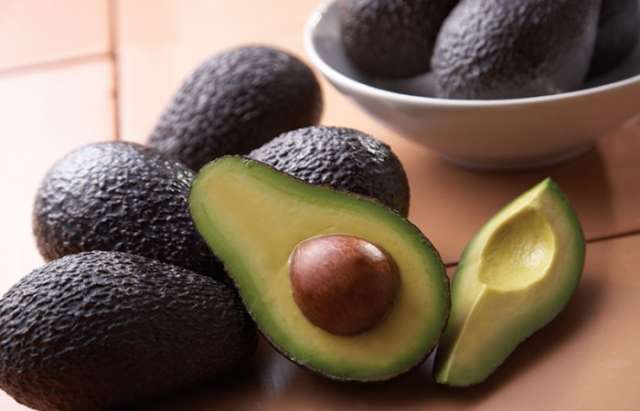
Avocados may be high in fat, but it’s the good, heart-healthy type, known as monounsaturated fatty acids (MUFA). Avocados are an excellent source of healthy fats and contain over a dozen essential nutrients. They’re high in fiber and vitamin E, B vitamins, and potassium. Slicing a quarter of an avocado and adding to a mid-day salad is an excellent energy booster for the day. When you buy, an avocado should be just soft enough to press a slight indent.
Worst fruit: Processed fruit drinks
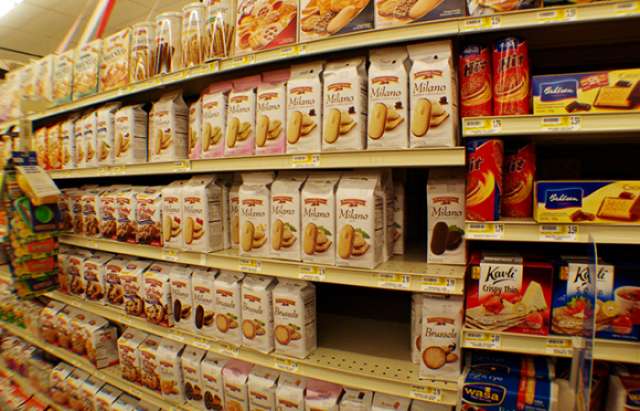
Often marketed as "real juice," the labels on these products prove otherwise. They’re loaded with sugar, empty calories, and artificial sweeteners. Some companies try to get around the sugar in fruit beverages by adding artificial sweeteners that reduce the amount of sugar on the label, but those can increase cravings for sugary, salty, and unhealthy fatty foods. And it's not just bottled juices you should avoid. Juicing a whole fruit concentrates its sugars and often eliminates the fiber.
Best fruit: Berries
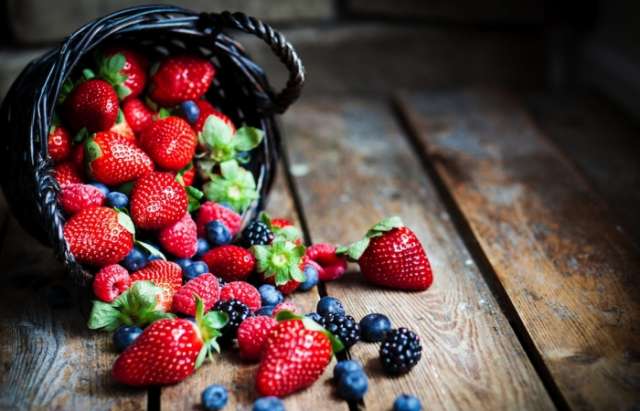
The dark pigments of blueberries, raspberries, blackberries, and strawberries offer antioxidant, polyphenolic, and anthocyanin benefits. Berries are also often high in vitamin C and low in calories. Blueberries, in particular, are rich in antioxidants and have even been linked to a reduced risk of heart disease and dementia. “At just 80 calories per cup, they're an excellent source of collagen-promoting vitamin C and manganese, a mineral that helps convert macronutrients into usable energy,” says Rodriguez. Aim to consume at least 3 cups of berries per week, adding them into salads, yogurts or smoothies.
Worst fruit: Canned or dried fruit

Fruit is naturally sweet, so it shouldn’t need any added sugar or "sugar-based flavor enhancers" often found in the canned kind. That can include heavy syrups, nectar, or honey. The added sugar only adds excess calories that are totally unnecessary. Dried fruit can also contain added sugar. “While they can add fiber and texture to trail mix, yogurt, oats, and home-made energy bars, they pack a serious caloric punch,” says Rodriguez. Think about it: a raisin is just a shriveled-up grape, so a cup of raisins is going to contain a lot more calories than a cup of whole grapes. “Mind portion sizes by checking the nutrition facts for sugar content and consume in moderation,” Rodriguez says.
Best fruit: Frozen fruit
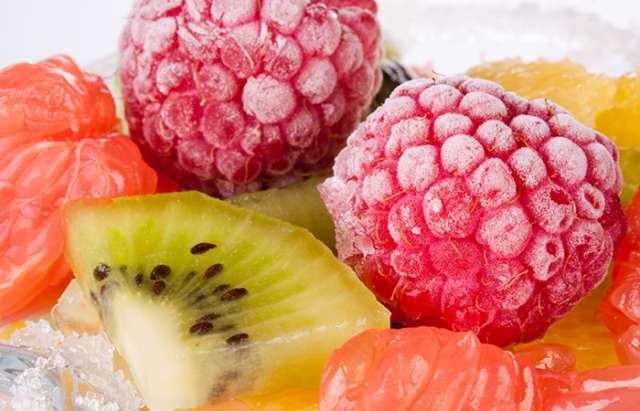
“Just like frozen vegetables, frozen fruit is frozen at the source of harvest and is as nutritious as fresh,” says Brandeis. Just be sure there's only one ingredient on the label: the fruit. Use them for smoothies, or thaw them out when you're craving an out-of-season fruit.
Best grain: Whole grains

People are still cutting out grains to lose weight and improve their health, but the truth is, unless you've been diagnosed with celiac disease or a gluten intolerance, you should be eating whole grains daily. They are full of fiber, plant-based protein, vitamins, minerals, and phytochemicals. Read more about the health benefits of whole grains, and try this recipe for overnight oats.
Worst grain: White bread and pasta

In refined grains—which include white bread, pasta, rice, crackers, and pretzels—the bran and germ are stripped away. “This type of grain has a lower glycemic index, meaning the sugars can be absorbed into the bloodstream faster, often causing a spike in blood sugar levels,” explains Palmer. This may lead to rapid digestion over consuming calories. “A good way to check whether something is whole or refined grain would be to make sure the first word on the bread or cereal label says ‘whole,’ which means whole grain-based bread,” explains Brandeis. “If the first ingredient is ‘wheat,’ that's a refined grain and offers less nutrition.” Aim for 48 grams of whole grains per day, suggests Brandeis.
Best grain: Ancient grains

Ancient grains are called "ancient" because they haven't changed much in the last several hundred years, unlike modern types of wheat (which have been crossbred). Many ancient grains are nutritional powerhouses rich in protein (quinoa has the most), calcium (teff has more than any other grain), fiber, and an amino acid called lysine, which helps your body burn fat. Rodriguez loves farro: “With a pleasing, chewy texture and slightly nutty flavor, it’s an excellent source of fiber and iron and contains 7 grams of protein per serving,” she says. “Mix feta, fresh parsley, and a bit of fresh lemon juice into hot farro for a tasty accompaniment to chicken or salmon.” (Learn more about the ancient grains you need to try.)
Worst grain: Sugary cereals

You can't eat just one—serving, that is. A serving of cereal is just half a cup, and a big bowl may rack up as much sugar as a candy bar. “A good way to judge whether a cereal is too high in sugar is to avoid brands with more than 12 grams per serving,” says Brandeis. Those are usually the ones that are at eye level in the cereal aisle and are strategically positioned so little ones can easily see them. “If you really enjoy the high sugar-based cereals, try filling your bowl with half high-sugar cereal and half low-sugar cereal to dilute the amount of added sugar,” she says.
Best grain: Oatmeal
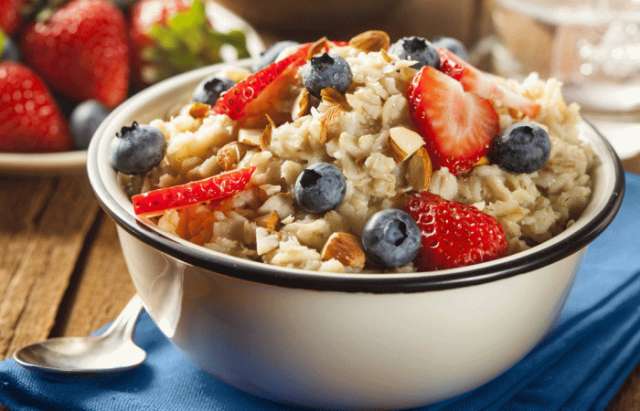
Oats are rich in omega-3 fatty acids, folate, fiber, and potassium, making them a heart-healthy food that lowers cholesterol and burns fat. Avoid packaged packets, which are swimming in added sugar. Instead, use plain old-fashioned oats, and sweeten them with fruit and honey. Want to save time in the morning? Try this recipe for overnight oats.
Best protein: Fish
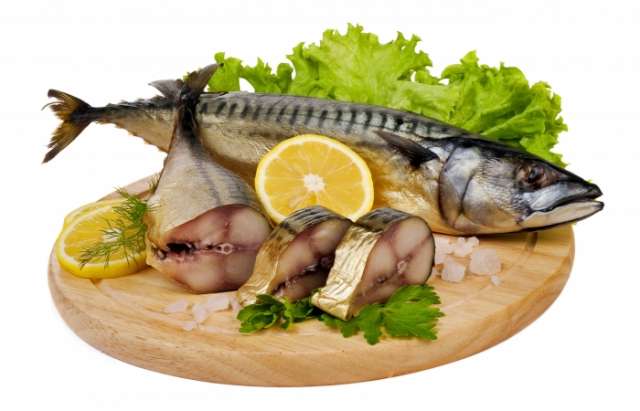
Seafood might just be the healthiest type of protein you can eat. Chock-full of omega-3 fatty acids, it reduces inflammation in the body, regulates blood pressure, and lowers the risk of many health conditions like irritable bowel syndrome, asthma, and even some cancers. Plus, each type provides ample nutrients, and research shows people who eat a lot of it are less likely to suffer from depression and anxiety. Add more seafood to your diet with one of these 24 healthy fish recipes.
Worst protein: Red meat
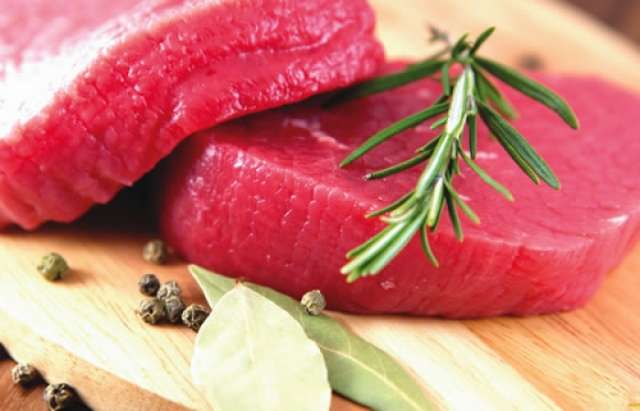
The case against red meat (which includes beef, pork, and lamb) seems to grow stronger by the day. It can be high in cholesterol and saturated fat, and eating a lot of it has been linked to several chronic health conditions, including heart disease and type 2 diabetes. And in January, two new studies provided even more reasons to cut back on burgers. The first found that red meat may raise the risk for diverticulitis, a common inflammatory bowel condition, and the second found a link between consumption of grilled, smoked, and barbecued meat and higher rates of early death among breast cancer survivors.
Best protein: Chicken
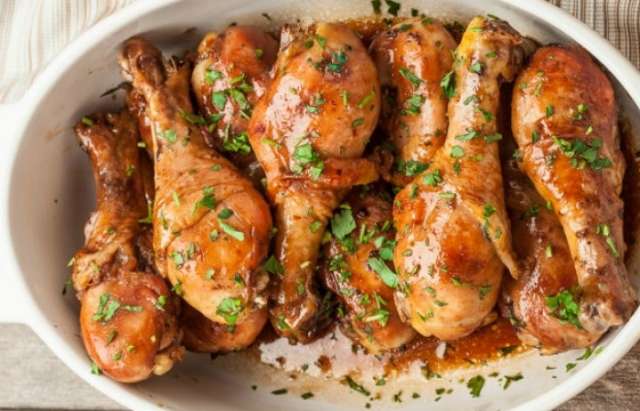
Skinless chicken has less saturated fat than red meat. It's an excellent source of niacin, which helps the body turn food into fuel, as well as selenium, which is important for cognitive function and immune system health. Plus, it's packed with protein and low in calories. One 3.5-ounce breast packs 31 grams of protein for just 165 calories.
Worst protein: Processed meats

It’s always a good idea to limit processed foods of all types when making healthy food choices—and proteins are no exception. “Processed meats, like deli meats, hot dogs, sausages, and cured selections tend to be high in sodium, preservatives, and saturated fat,” says Adams. Although an occasional sausage or hot dog is fine, research suggests eating it regularly may increase the risk of heart disease and colorectal cancer.
Best protein: Tofu
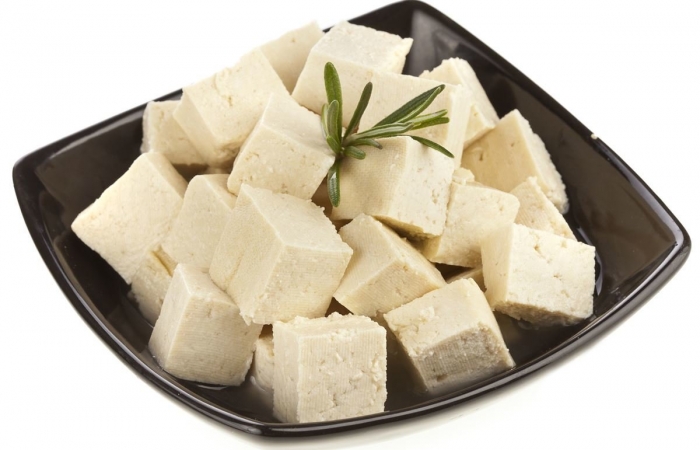
Tofu contains 10 grams of protein per serving, making it a great plant-based protein for anyone, but especially vegetarians and vegans. “It’s basically the curd of soybeans pressed into a sliceable cake that can become firm and sub in quite nicely for meat,” explains Palmer. “Studies link consuming moderate amounts of tofu with lots of benefits, including heart health and even cancer protection.” Use it in stir-fries, curry dishes, lasagna, and vegetable scrambles.
Best protein: Nuts

These bite-size nutrient bombs set you up with heart-healthy fats, protein, vitamins, and minerals. Avoid nuts packaged or roasted in oil, and instead eat them raw or dry-roasted, and with no salt added. For more info, check out the best and worst nuts for your health.
Best protein: Eggs

Yes, eggs are good for you—the whole thing, not just the whites. Though nutrition experts used to warn that the dietary cholesterol in eggs could spike blood cholesterol and hurt the heart, scientific research shows eating foods high in cholesterol doesn't mean most people will develop high cholesterol. Egg yolks are rich in vitamin E, a nutrient most Americans eat too little of, as well as choline, a nutrient that contributes to brain health and metabolism regulation. Enjoy eggs three times per week or more, suggests, Palinski-Wade, hard-boiling them for an easy, on-the-go snack or cook into an omelet with fresh veggies. (We also love this recipe for easy eggs in a cup, and this one for frittata muffins.)
Best dairy: Greek yogurt

With twice the protein of regular yogurt, Greek yogurt keeps you full longer while providing a good source of calcium. “The best type to get is low-fat Greek yogurt, since they provide higher amounts of protein, with less fat, per serving,” says Brandeis. Aside from being a delicious, on-the-go snack, especially when topped with nuts or blended into a smoothie, you can even use Greek yogurt as a substitute for mayonnaise or sour cream in sandwiches or recipes.
Worst dairy: Flavored yogurts
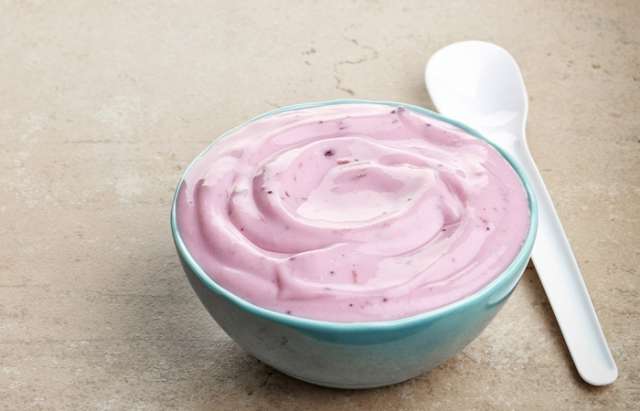
Many flavored yogurts contain up to 30 grams of sugar (that's six and a half teaspoons!) per 6-ounce serving, says Rodriguez. Here's some perspective: a Snickers bar clocks in at 27 grams. While you’re at it, skip the drinkable, squeezable yogurts too, as many contribute more calories from sugar than they do protein, and sipping instead of chewing can compromise satiety. In other words, have a flavored yogurt drink for breakfast and you'll be hungry again well before lunchtime. “Look for yogurts that have less than 10 grams of added sugar and at least 6 grams of protein per serving,” suggests Brandeis.
Best cheese: Cottage cheese
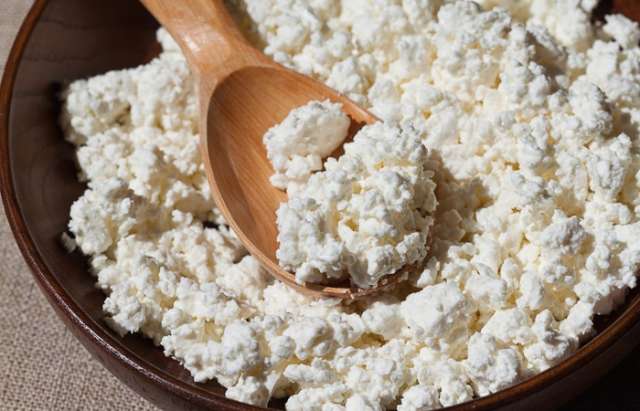
Rich in protein and low in carbohydrates, cottage cheese makes a great choice for those who need to limit their overall carb intake. It’s also a very versatile food. Blend it into smoothies or use it to make protein pancakes for a breakfast option that actually fills you up without the added refined carbs. Palinski-Wade recommends keeping your cottage cheese intake to around a half cup per day, and choosing one low in sodium.
Worst cheese: Processed substitute cheese

Processed cheeses (like the yellow squares of American you loved as a kid) are high in sodium. A grilled cheese sandwich with two slices of white bread and two squares of one popular processed sliced cheese racks up 700 milligrams of sodium, or nearly half of what the average person should consume in a full day.
Worst fat: Trans fat
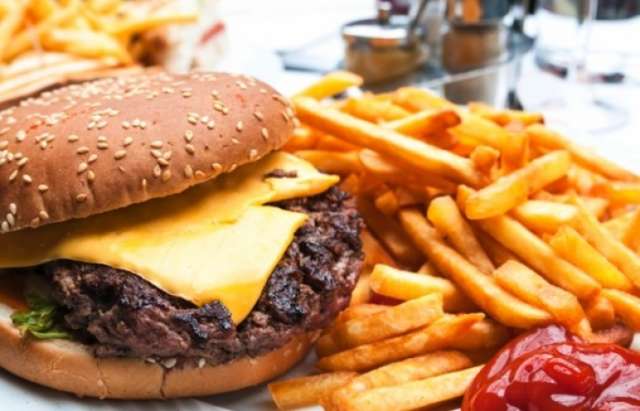
Trans fats are found in fried foods, baked goods, and processed snack foods in the form of partially hydrogenated oils. Food manufacturers love them because they are easy to use, inexpensive to produce, and last a really long time—but they're really bad for your health. Trans fats raise your LDL (bad) cholesterol levels while lowering your HDL (good) cholesterol, and eating lots of them increases your risk of heart disease and stroke. The good news? You won't find hydrogenated oils in foods for much longer. Manufacturers must remove trans fats from their foods by 2018, per a ban by the Food and Drug Administration.
Best fat: Extra virgin olive oil
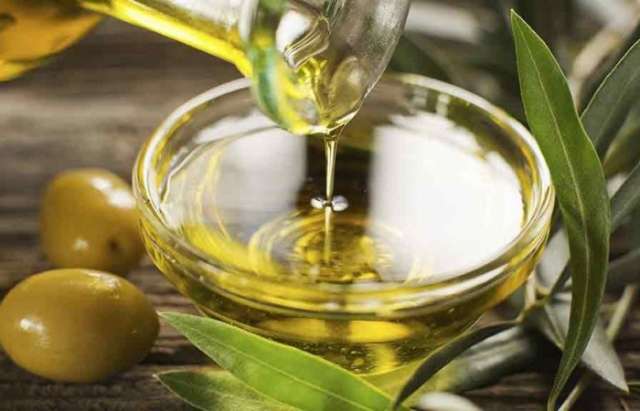
Extra virgin olive oil may help reduce the risk of heart disease, stroke, type 2 diabetes, and osteoporosis. On its own, olive oil contains antioxidants, and on top of that, cooking with this type of oil increases your body's ability to absorb antioxidants from veggies. Plus, research proves over and over again that following a Mediterranean diet—which is rich in olive oil—boost longevity and overall health.
/Health.com/
More about: #HealthyFood








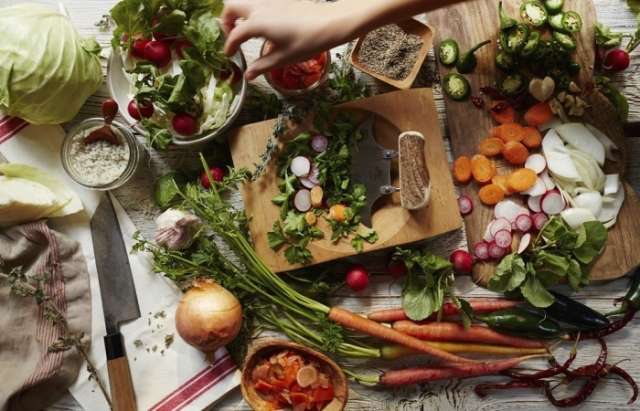

-1745485667.jpg&h=190&w=280&zc=1&q=100)





































